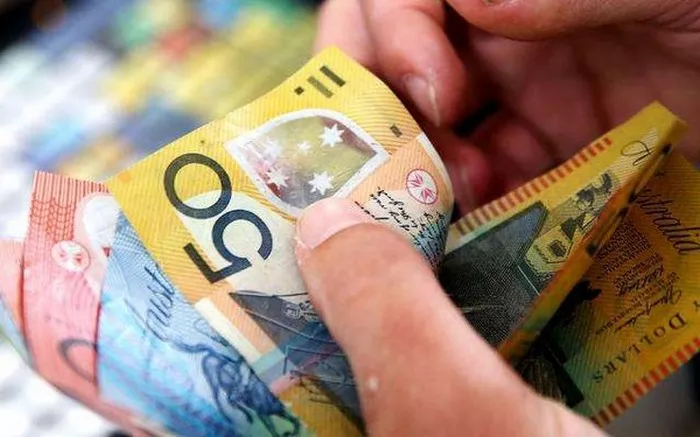The foreign exchange market plays a crucial role in the global economy, with currencies serving as a barometer of a country’s economic health. Among the currencies that attract significant attention is the Australian Dollar (AUD). Investors and economists closely monitor its value against other major currencies, and when the Australian Dollar weakens, it can have profound implications for various stakeholders, both domestically and internationally.
What Causes a Weak Australian Dollar?
A multitude of factors contributes to the fluctuation of currency values, and the Australian Dollar is no exception. Several key determinants influence its strength or weakness:
Economic Indicators: The health of an economy is reflected in its economic indicators. A weak Australian Dollar may stem from lackluster economic performance, characterized by low GDP growth, rising unemployment, and sluggish consumer spending. Conversely, a robust economy tends to strengthen the currency.
Interest Rates: Central banks, such as the Reserve Bank of Australia (RBA), play a pivotal role in influencing currency values through interest rate policies. Higher interest rates attract foreign capital, leading to a stronger currency. Conversely, lower interest rates may prompt investors to seek higher returns elsewhere, resulting in a weaker currency.
Trade Balances: Australia’s trade balance, the difference between exports and imports, significantly impacts the strength of its currency. A persistent trade deficit, where imports exceed exports, can lead to a weaker Australian Dollar. Conversely, a trade surplus strengthens the currency.
Commodity Prices: Australia is a major exporter of commodities such as iron ore, coal, and natural gas. Fluctuations in global commodity prices can influence the value of the Australian Dollar, as it is closely tied to the demand for these resources.
Implications of a Weak Australian Dollar:
1. Import Costs and Inflation:
One of the immediate effects of a weakened Australian Dollar is an increase in the cost of imported goods and services. As the currency loses value, importing becomes more expensive, potentially leading to higher inflation. This can impact consumers by eroding purchasing power and may pose challenges for businesses that rely on imported inputs.
2. Export Competitiveness:
While a weaker currency raises the cost of imports, it can benefit exporters by making their goods and services more competitive in international markets. Australian exporters may find increased demand for their products as they become more attractively priced for foreign buyers. This, in turn, can contribute to improving the trade balance.
3. Tourism and Hospitality:
A weak Australian Dollar can make the country a more affordable destination for international tourists. This can boost the tourism and hospitality industries, stimulating economic activity and creating employment opportunities. Conversely, Australians traveling abroad may find their overseas trips more expensive.
4. Foreign Investment:
A weakened currency may attract foreign investors seeking to capitalize on favorable exchange rates. This influx of capital can contribute to economic growth and development. However, it also poses risks, as speculative activities may lead to asset bubbles and market volatility.
5. Debt Servicing:
Australia’s external debt, denominated in foreign currencies, can be impacted by a weak Australian Dollar. The cost of servicing this debt may increase, affecting the government, businesses, and individuals. This situation underscores the importance of prudent fiscal and monetary policies to manage external debt effectively.
Strategies for Mitigating the Impact:
Diversification: Businesses can mitigate the impact of a weak Australian Dollar by diversifying their revenue streams and exploring markets with stronger currencies. This approach helps reduce dependency on domestic economic conditions and exchange rate fluctuations.
Hedging: Companies engaged in international trade can use financial instruments like forward contracts to hedge against currency risk. This allows them to lock in exchange rates, providing a level of certainty in an uncertain foreign exchange market.
Government Policies: Governments can implement policies to address the root causes of a weak currency, such as focusing on economic reforms, managing interest rates, and implementing trade policies that promote a favorable trade balance.
Investment in Productivity: To enhance the competitiveness of the economy, investments in research, development, and innovation are essential. This can lead to increased productivity, making Australian goods and services more attractive in both domestic and international markets.
See Also What Colour Are Australian $20 Notes?
Conclusion:
A weak Australian Dollar is a complex phenomenon with multifaceted implications for various sectors of the economy. While it presents challenges, it also creates opportunities for certain industries and stakeholders. Monitoring economic indicators, understanding global market dynamics, and implementing sound fiscal and monetary policies are crucial for navigating the impact of currency fluctuations. As Australia continues to be a key player in the global economy, a comprehensive and strategic approach is essential to ensure long-term economic stability and growth.


